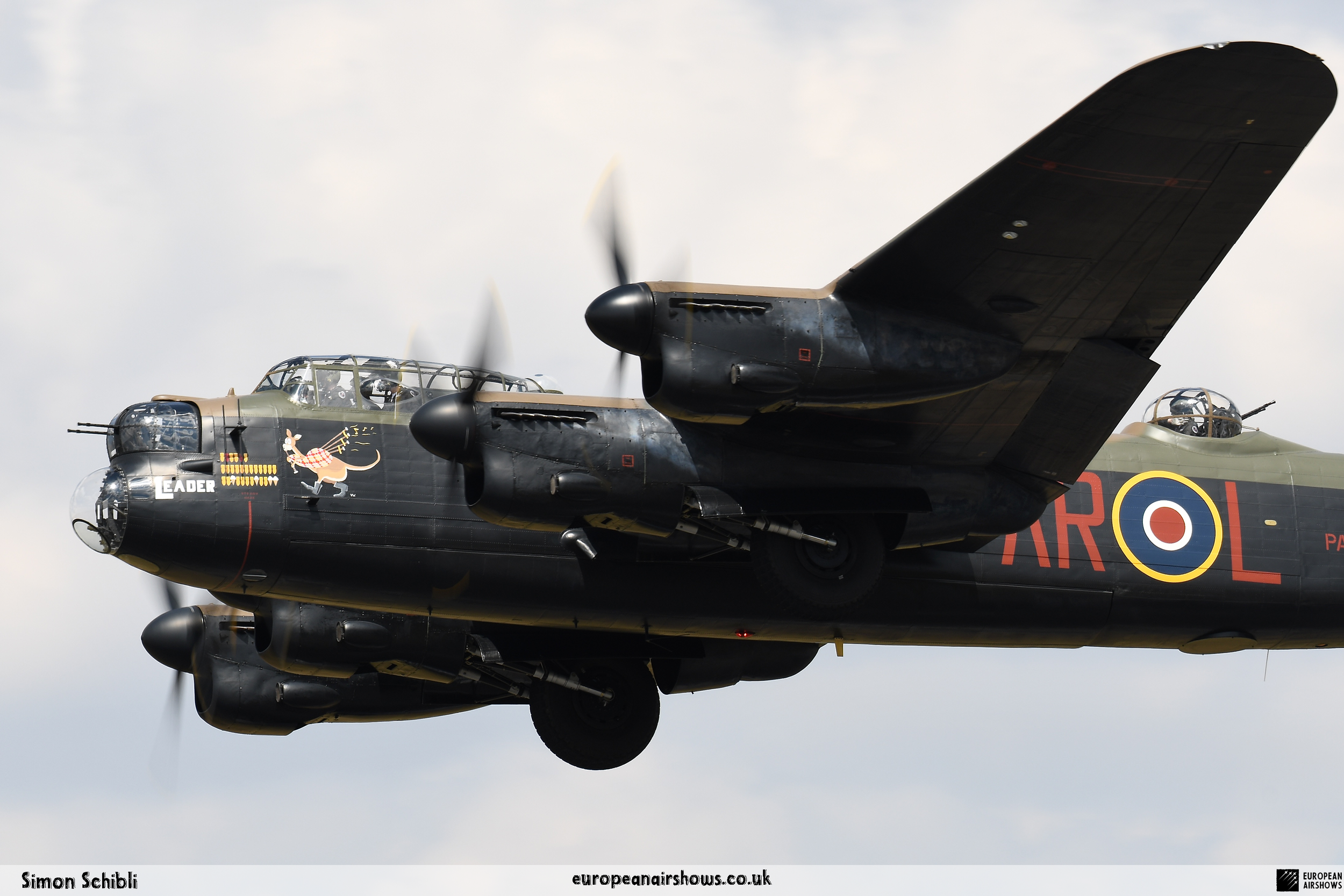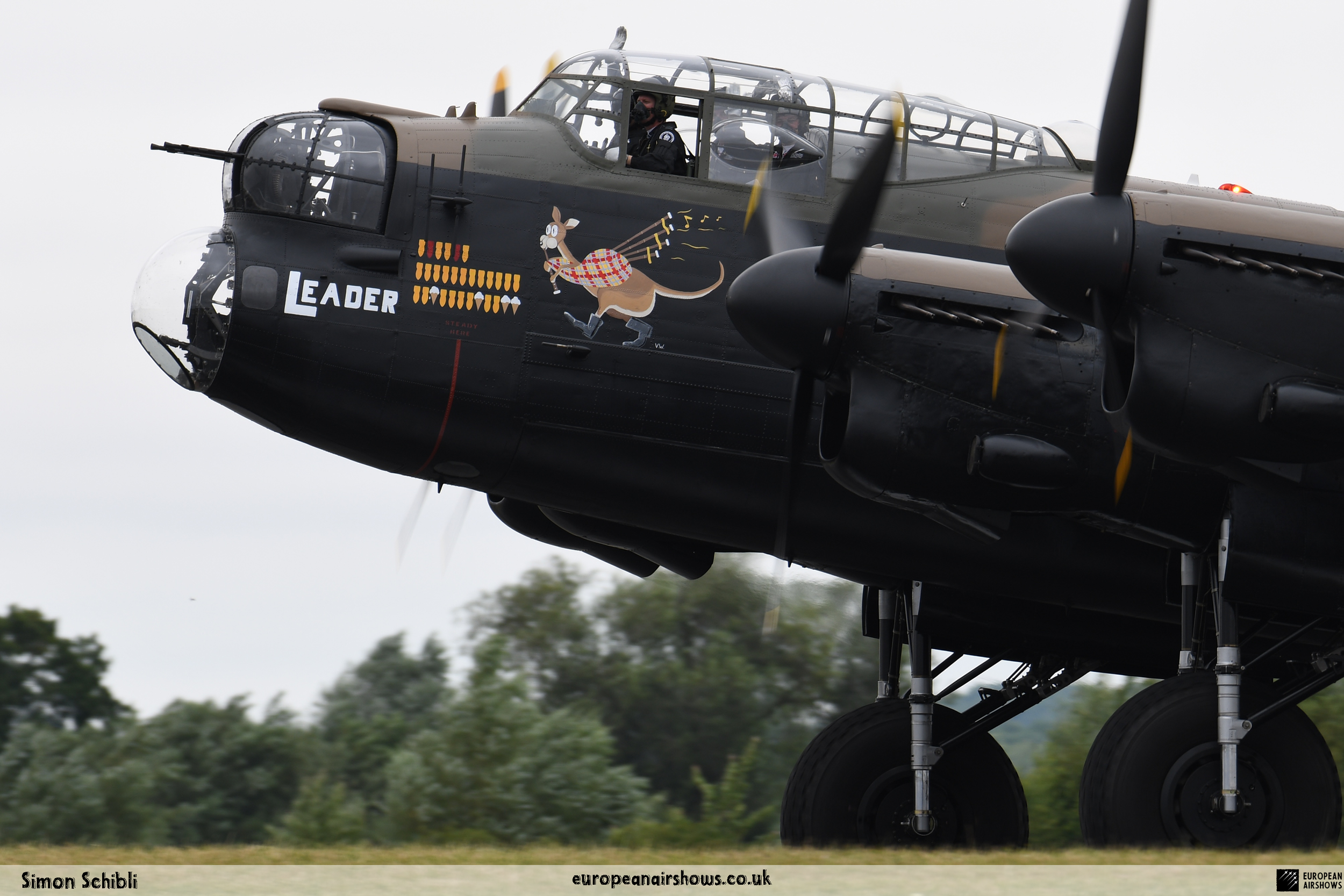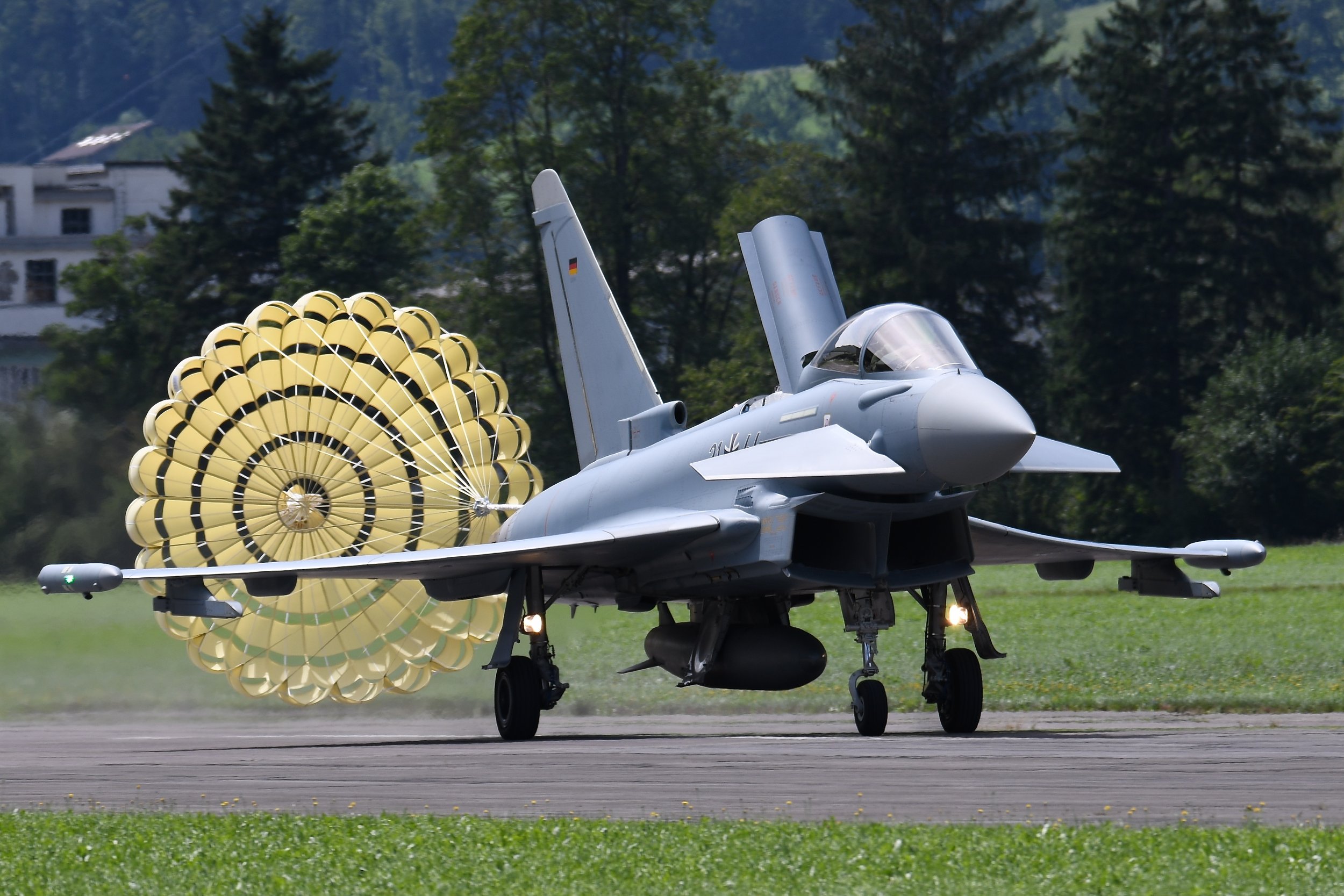Sanicole Airshow 2024: BBMF Trio to make a rare international display
The Sanicole Airshow has recently announced that the Battle of Britain Memorial Flight (BBMF) trio, which includes the iconic Lancaster, Spitfire and Hurricane planes, will be performing at this year's event. The Sanicole International Airshow is set to commemorate Belgium's 80th anniversary of liberation in 2024 with some exceptional warbird displays, and the BBMF trio will be joining the already announced Boeing B-17G Flying Fortress "Sally-B".
This is an extraordinary opportunity for aviation enthusiasts to witness these legendary planes in action. The Lancaster, a British heavy bomber, was used extensively during World War II, while the Spitfire and Hurricane fighter planes played a pivotal role in the Battle of Britain.
The 2024 event promises to be a spectacular display of aviation history, and the BBMF trio is a significant addition to the line-up. The airshow is scheduled to take place at the Leopoldsburg/Beverlo Airfield on September 21st and 22nd, 2024. Make sure to mark your calendars and experience a rare international display of these historic planes.
If you're interested in attending the event, you can visit sanicole.com to learn more and purchase tickets.
BBMF Trio
Avro Lancaster
The Avro Lancaster, designed by Roy Chadwick, was a four-engined heavy bomber developed during the Second World War. It was based on the Avro Manchester twin-engined bomber, which was considered to be insufficient for the role of a heavy bomber. The Lancaster, however, proved to be a highly successful aircraft, with a range of over 2,700 miles and an impressive bomb load of up to 22,000 pounds. Its success was largely due to its advanced design and engineering, which enabled it to fly at high altitudes and avoid enemy fire.
The Lancaster was capable of carrying a variety of bombs, including the famous "bouncing bomb" used in the 1943 Operation Chastise by 617 Squadron to destroy the German dams. The bouncing bomb was a cylindrical bomb that was designed to bounce on the surface of the water and then sink to a depth of 30 feet before exploding. This allowed the bomb to bypass the protective nets that surrounded the dams and destroy them.
In total, over 7,377 Lancasters were built, with the majority serving with the Royal Air Force, Royal Canadian Air Force, and Royal Australian Air Force. However, over 3,200 Lancasters were lost in combat, a testament to the aircraft's effectiveness in battle.
After the war, the Lancaster was used for testing purposes and as a transatlantic airliner called the Lancastrian. Today, only two Lancasters remain airworthy in the world. One is flown by the Royal Air Force, and the other is flown in Canada.
The Battle of Britain Memorial Flight Lancaster, PA474, was built in 1945 and was planned to be deployed to the Far East. However, it never saw combat and was instead used for reconnaissance duties before being used for trials work with new wing designs attached to the fuselage. Following restoration by 44 Squadron at RAF Waddington, PA474 was transferred in airworthy condition to the BBMF in 1973, where it remains today as a symbol of the bravery and sacrifice of those who served in the Royal Air Force during the Second World War.
Supermarine Spitfire
The Supermarine Spitfire is a remarkable single-seat fighter aircraft that played a significant role in World War II. It was used by the Royal Air Force and several Allied countries, proving to be a formidable weapon in the skies. The Spitfire has a fascinating history, with many variants being constructed throughout the war, from the Mk 1 to the Rolls-Royce Griffon-engined Mk 24. It's worth noting that each variant had a different wing configuration and guns, making them unique in their own way.
One of the most remarkable things about the Spitfire is that it was the only British fighter produced continuously throughout the war. This highlights its importance and effectiveness in combat. Even today, the Spitfire is highly regarded among enthusiasts, with around 70 still airworthy, and many more being static exhibits in aviation museums across the world.
The Spitfire's design was the brainchild of R. J. Mitchell, who was the chief designer at Supermarine Aviation Works, a subsidiary of Vickers-Armstrong from 1928. Mitchell's design features a distinctive elliptical wing, which was designed by Beverley Shenstone. The wing had innovative sunken rivets, making it have the thinnest possible cross-section. This unique design allowed the Spitfire to achieve a potential top speed greater than that of many contemporary fighter aircraft, including the Hawker Hurricane.
Mitchell worked tirelessly on the Spitfire's design until his death in 1937, whereupon his colleague Joseph Smith took over as the chief designer, overseeing the Spitfire's development through many variants. Consequently, the Spitfire had an impressive legacy, and its influence is still felt in the aviation industry today.
Hawker Hurricane
The Hawker Hurricane was a single-seat fighter plane that played a crucial role in World War II. It was designed and built primarily by Hawker Aircraft Ltd. for the Royal Air Force (RAF) in the 1930s and 1940s. Despite being overshadowed by the Supermarine Spitfire during the Battle of Britain in 1940, the Hurricane was responsible for 60% of the losses inflicted on the German Luftwaffe during the campaign. It fought in all major theatres of the war, including Africa, Asia, and Europe.
The Hurricane's origins can be traced back to discussions between the RAF and aircraft designer Sir Sydney Camm in the early 1930s. They were considering a monoplane derivative of the Hawker Fury biplane. Although the Air Ministry showed little interest in this idea, Hawker continued to refine its monoplane proposal. It incorporated several innovations that were critical to wartime fighter planes, including retractable landing gear and the more powerful Rolls-Royce Merlin engine.
In late 1934, the Air Ministry finally ordered the Hawker Interceptor Monoplane, which became the Hurricane. The prototype Hurricane, documented as number one, performed its maiden flight on 6 November 1935. The Hurricane was a sturdy and agile aircraft, capable of reaching speeds of up to 340 mph and carrying a variety of armaments, including machine guns and bombs. It was also relatively easy to produce, which made it an essential component of the RAF's campaign against the Luftwaffe.
The Hurricane's impact on the war was significant. It was credited with shooting down more enemy aircraft than any other plane during the Battle of Britain. Its agility and firepower made it effective in a variety of combat situations, including air-to-air combat, ground attack, and reconnaissance. The Hurricane also served as a training aircraft and was used by several Allied air forces after the war ended.
















